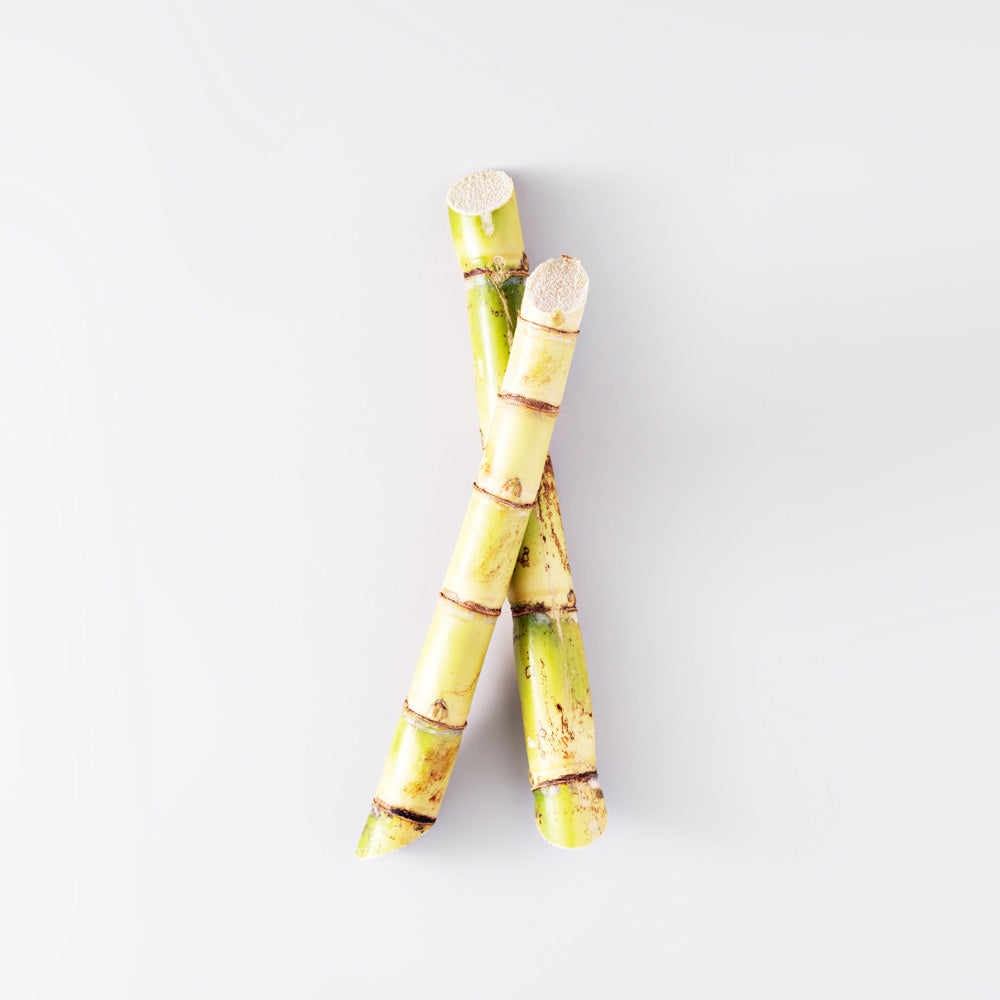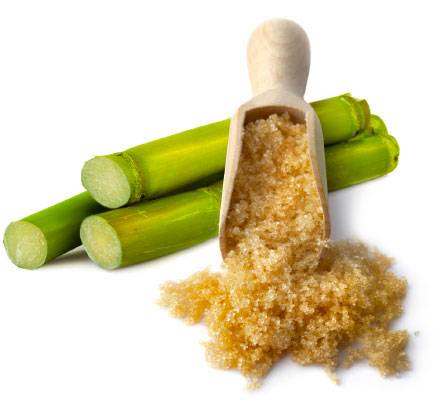The Journey of Cane Sugar Processing: From Harvest to Crystals
The Journey of Cane Sugar Processing: From Harvest to Crystals
Blog Article
An In-Depth Overview to the Ecological Influence and Sustainability Practices in Walking Cane Sugar Processing
The environmental impact of walking stick sugar handling provides an intricate selection of difficulties that warrant mindful evaluation. From soil degradation and too much water usage to the carbon footprint associated with farming and manufacturing, the effects of standard methods are significant. On the other hand, the fostering of cutting-edge sustainability procedures uses a path towards more responsible manufacturing approaches. Comprehending the interaction between these concerns is vital for stakeholders in the industry. What details practices can be executed to strike a balance between performance and ecological stewardship? The answers exist in a better take a look at both the difficulties and prospective solutions.
Overview of Cane Sugar Handling
Cane sugar handling entails a collection of methodical actions that change sugarcane into refined sugar. At first, harvested sugarcane is transported to processing centers, where it undergoes cleansing to get rid of soil and debris. Following this, the walking stick is crushed to draw out juice, which is after that made clear by removing contaminations through heating and the enhancement of lime.
The made clear juice undertakes evaporation, where water is eliminated to concentrate the sugar content. This concentrated syrup is then taken shape via cooling, allowing sugar crystals to form. These crystals are divided from the remaining syrup making use of centrifugation, causing raw sugar. To achieve polished sugar, the raw item undergoes further filtration processes, which may consist of washing and filtering system to get rid of remaining contaminations and color.
The end product is after that dried out and packaged for circulation. Throughout this whole procedure, keeping effectiveness and quality assurance is necessary to ensure the sugar meets industry criteria. Each action in walking stick sugar processing not only adds to the last item however likewise has effects for source usage and waste generation, setting the stage for discussions on sustainability and ecological influences connected with sugar production.
Environmental Difficulties of Manufacturing
The manufacturing of walking stick sugar presents numerous significant ecological difficulties that warrant focus. One primary issue is the comprehensive usage of agrochemicals, including fertilizers and chemicals, which can result in dirt deterioration, biodiversity loss, and contamination of neighborhood water resources. The runoff from sugarcane areas commonly brings these chemicals right into neighboring ecological communities, interfering with water life and impacting the health of neighborhoods reliant on these water bodies.
One more obstacle is the high power intake related to sugarcane processing. The boiling and refining stages call for substantial heat, primarily created by shedding fossil fuels, adding to greenhouse gas emissions. Additionally, the expansive acreage required for sugarcane farming can bring about deforestation and habitat devastation, further intensifying environment modification and harmful wild animals.
Moreover, the labor practices in some regions elevate ethical worries, as employees might encounter poor working conditions and inadequate incomes. This scenario frequently perpetuates a cycle of hardship in neighborhood neighborhoods. Cane Sugar Processing. Resolving these environmental challenges is crucial for establishing a lot more lasting methods in walking cane sugar production, eventually profiting both the atmosphere and the neighborhoods associated with this market
Water and Land Use Impact
Water resources and land application are critical elements in the cane sugar market that substantially influence the setting. The growing of sugarcane needs considerable water input, with price quotes suggesting that it can eat approximately 2,000 liters of water per kilogram of sugar produced. This intensive usage of water frequently brings about exhaustion of regional water resources, affecting not only the sugarcane vineyards yet also surrounding environments and communities that depend on the exact same water sources for farming and domestic use.

Moreover, land use for sugarcane farming can result in logging and the conversion of all-natural habitats right into monoculture plantations. This technique diminishes biodiversity, interrupts neighborhood ecological communities, and adds to dirt deterioration. The expansion of sugarcane fields typically elbows in on useful farming land, developing competitors for resources between food and biofuel manufacturing.
Sustainable practices, such as enhancing watering methods and implementing crop turning, are important to minimize these influences. By taking on a lot more efficient water use and land administration methods, the walking cane sugar market can decrease its eco-friendly impact, making sure an equilibrium in between agricultural efficiency and environmental conservation.
Greenhouse Gas Emissions
Greenhouse gas exhausts stand for a substantial environmental problem within the walking cane sugar processing market, especially as agricultural methods increase to satisfy international need. The farming of sugarcane, a plant that flourishes in tropical climates, relies heavily on synthetic plant foods and pesticides, which add to laughing gas exhausts. Furthermore, land-use changes, including logging for brand-new sugarcane vineyards, launch co2 saved in plant life and dirt.
Throughout processing, power intake is another significant source of greenhouse gas emissions - Cane Sugar Processing. Several sugar mills make use of nonrenewable fuel sources to power equipment and create warmth, leading to substantial carbon footprints. In addition, the transportation of raw sugarcane and finished items includes layers of exhausts through gas combustion in cars
This involves assessing existing agricultural practices, refining techniques, and transport systems to recognize areas for renovation and reduction. Addressing greenhouse gas exhausts is essential for cultivating a much more sustainable cane sugar industry in a transforming environment.

Sustainable Practices and Innovations
Sustainable techniques and developments are significantly important in the walking cane sugar handling industry as stakeholders look for to decrease environmental effects while maintaining productivity. One significant advancement is the implementation of incorporated crop management, which optimizes resource usage by integrating soil management, insect control, and crop turning strategies. This strategy boosts return while lessening chemical inputs and protecting soil wellness.
Furthermore, the fostering find out here of renewable power sources, such as biomass from sugarcane residues, has actually gained grip - Cane Sugar Processing. By transforming waste products right into power, processing facilities can lower their dependence on nonrenewable fuel sources, thereby reducing greenhouse gas exhausts
Water monitoring practices have additionally seen improvements via the recycling and reusing of water in handling plants, significantly reducing freshwater consumption. Advancements in technology, such as precision farming, enable farmers to keep track of crop health and wellness and resource usage more properly, guaranteeing lasting farming practices.
In addition, qualification programs like Fair Trade and Rainforest Partnership motivate eco accountable farming methods and promote social equity within the supply chain. By welcoming these sustainable practices and technologies, the walking stick sugar handling industry can improve its durability and add positively to ecological stewardship.
Conclusion
The environmental impact of walking cane sugar handling offers considerable obstacles, consisting of dirt destruction, high Go Here water intake, and greenhouse gas discharges, along with moral issues connected to labor methods. Resolving these problems with sustainable methods, such as integrated plant monitoring, renewable resource fostering, and water recycling, is necessary. By advertising socially equitable and environmentally liable techniques in sugar production, the industry can alleviate its adverse effects, making sure an extra sustainable future for both communities and neighborhoods involved in this industry.
Walking cane sugar handling involves a series of organized actions that change sugarcane right into polished sugar. Each step in walking cane sugar handling not just adds to the final item yet likewise has effects for resource use and waste generation, establishing the stage for conversations on sustainability and ecological impacts connected with sugar production.
Greenhouse gas discharges stand for a significant environmental worry within the walking stick sugar processing industry, especially as agricultural methods expand to meet global demand.Sustainable techniques and developments are significantly crucial in the walking stick sugar handling sector as stakeholders look for to minimize environmental influences while maintaining productivity.The environmental impact of walking cane sugar handling provides substantial obstacles, including soil deterioration, high here water intake, and greenhouse gas exhausts, along with ethical worries associated to labor techniques.
Report this page